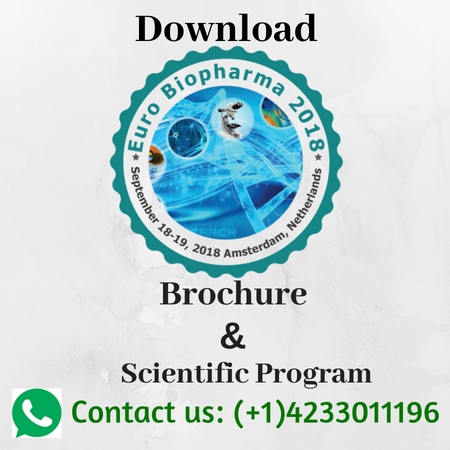
Oliver G. Schmidt
Institute for Integrative Nano sciences, Germany
Title: Nanomembrane microtubular devices for on- and off-chip biomedical research and development
Biography
Biography: Oliver G. Schmidt
Abstract
Nanomembranes are thin, flexible, transferable and can be shaped into 3D microtubular devices. This makes them attractive for a broad range of applications and scientific research fields ranging from novel hybrid hetero structure devices to ultra-compact 3D systems both on and off the chip. If nanomembranes are differentially strained they deform themselves and roll-up into microtubular structures upon release from their mother substrate. Rolled-up nano membranes can be exploited to rigorously compact electronic circuitry into microtubular systems [1]. As rolled-up microtubes can be easily tuned into the size range of single cells, they are perfectly suited to study single cell behaviour in sensitive yet fully integrative lab-in-a-tube systems [2,3]. As off-chip components they address exciting environmental and biomedical applications. For instance, if magnetic tubes or helices are combined with spermatozoa, such biomagnetic cellular organisms offer new perspectives towards assisted reproduction technologies and drug delivery protocols [4-6]. However, while such micrometer sized robots show great potential for medical applications they face equally big challenges when considering in-vivo operation .

